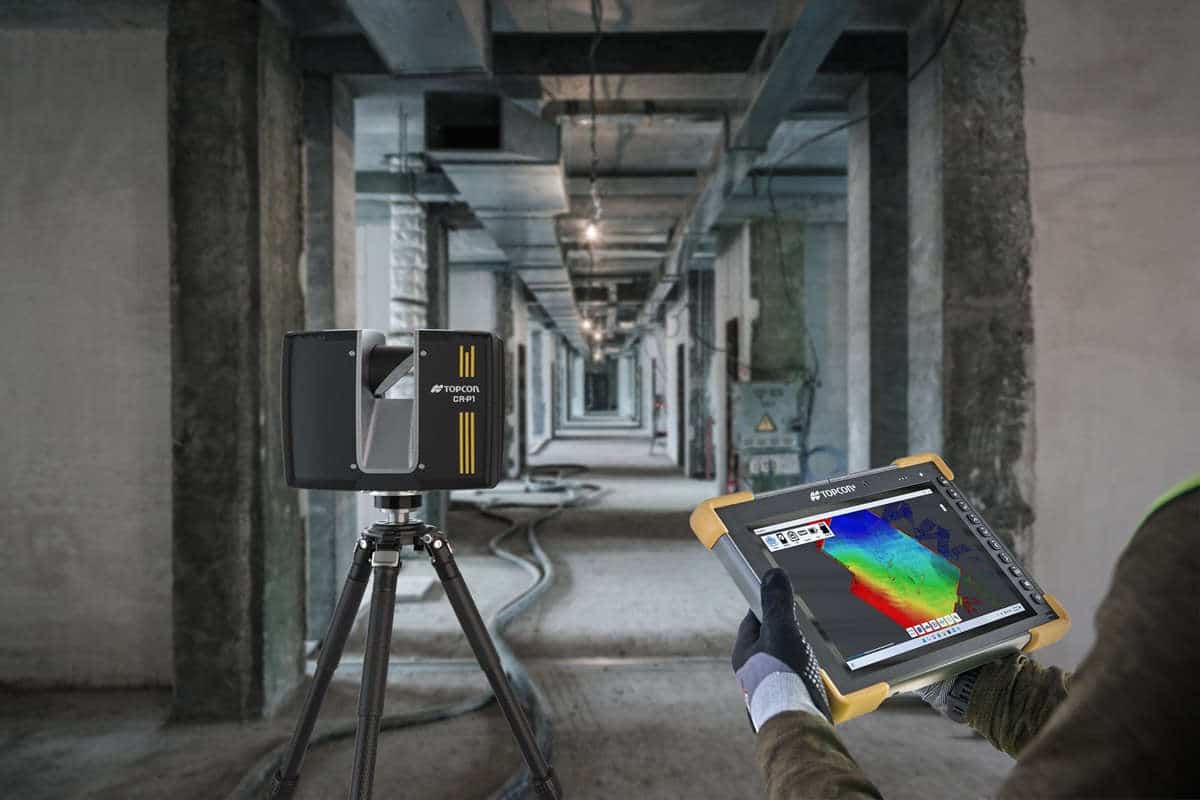Developments In Technology Minimize Noise Pollution In Infrastructure

Soundproofing In Construction
Noise pollution is a common problem in and around the built environment, but there are a variety of methods of reducing sound that can be used in both old and new buildings. These include absorbing noise with insulation, or damping the vibrational energy of sound with plasterboard. Other soundproofing methods such as decoupling should ideally be implemented during construction. Decoupling involves separating floors, ceilings and walls in order to make it harder for sound to pass through. Poor sound isolation is a particular problem in increasingly popular wood-framed buildings. However, the installation of a newly developed decoupling connector raft between walls and joists offers very effective soundproofing. The connector has a silicone core to trap noise vibrations as they move between the different floors and rooms of buildings. Due to its effectiveness, developers are able to build narrower stud walls and still exceed building code mandates for acoustic privacy.
Absorbing Noise In Utility Systems
As well as focusing on the acoustics of a building to make it quieter, developers and engineers are now looking at how the noise of water and HVAC systems within the structure can be minimized. Noisy plumbing pipes have traditionally been wrapped in insulation to absorb the sound created by running water or waste, but now the pipes can be made from denser materials that absorb the sound before it can escape. In other utility systems, any soundproofing must also allow for airflow through the components. Researchers at Boston University have created a metamaterial that blocks sound but not air, making it suitable for fans and HVAC systems where airflow is essential.
Canceling Sound With Digital Technology
As an alternative to passive noise reduction techniques, a Canadian company has developed digital technology that actively cancels sound waves, reducing sound perceived by the human ear by up 92%. This is achieved by using a combination of patented hardware and software to produce equal and opposing sound waves that neutralize noise. The technology can be applied in a variety of industries, such as urban infrastructure and logistics, in order to reduce environmental noise and protect workers from the negative impact of sound pollution on their health.
***
Noise pollution is a growing global problem, and, as well as affecting people every day in their homes, it is a particular issue in certain industrial sectors. With the development of innovative sound-reducing technology, noise can be minimized, and its negative effect on the environment reduced.
The article was written by Jennifer Axley.
RELATED: Is Online Training Enough To Secure A Skilled Workforce?




